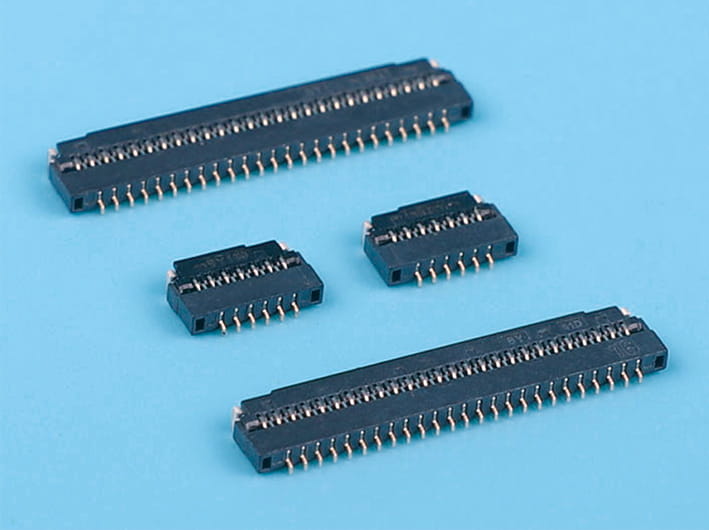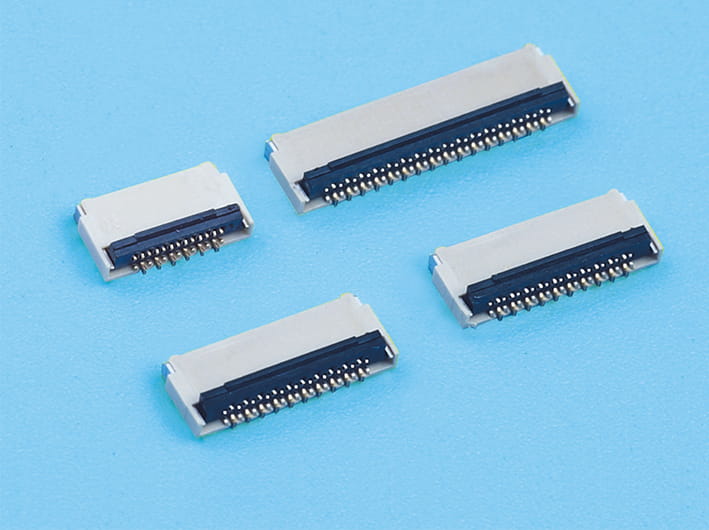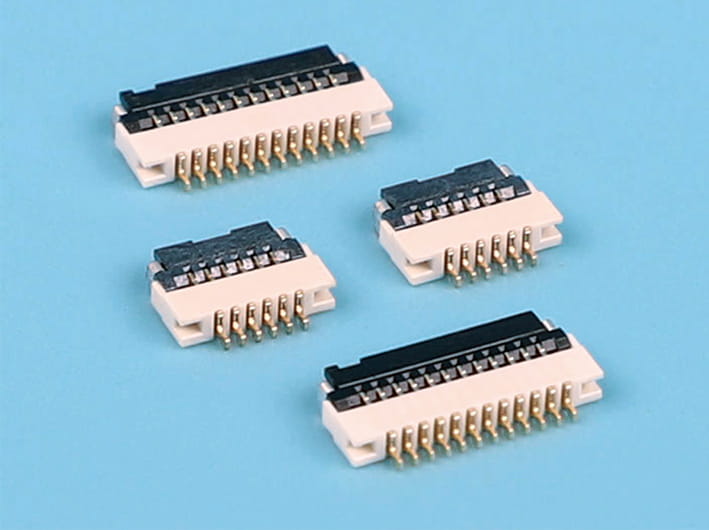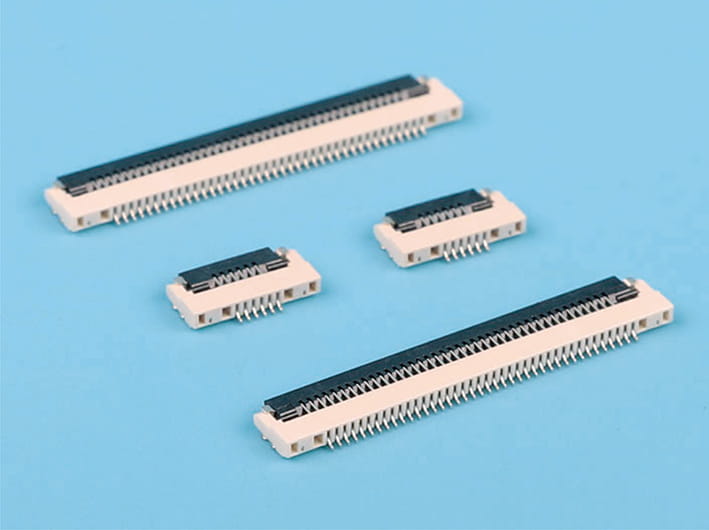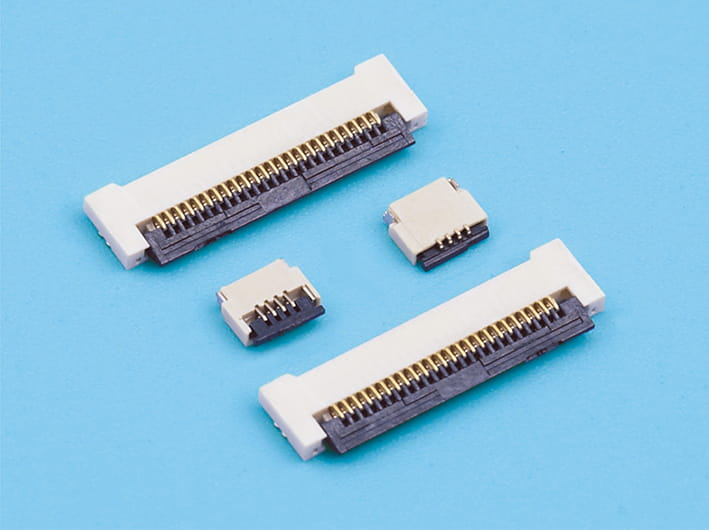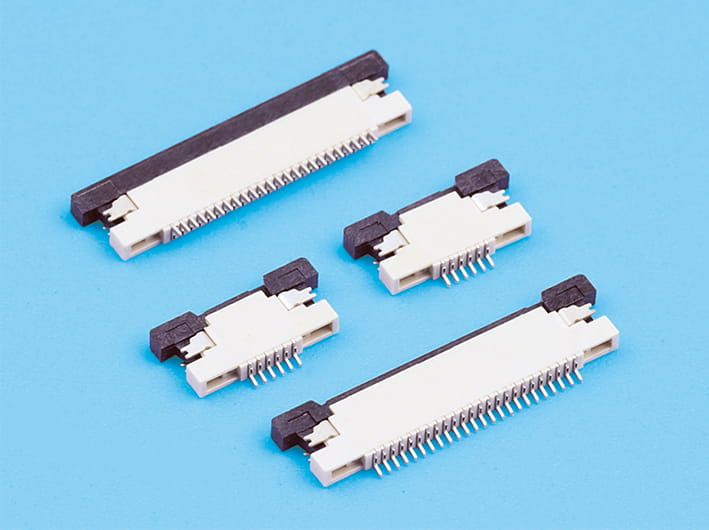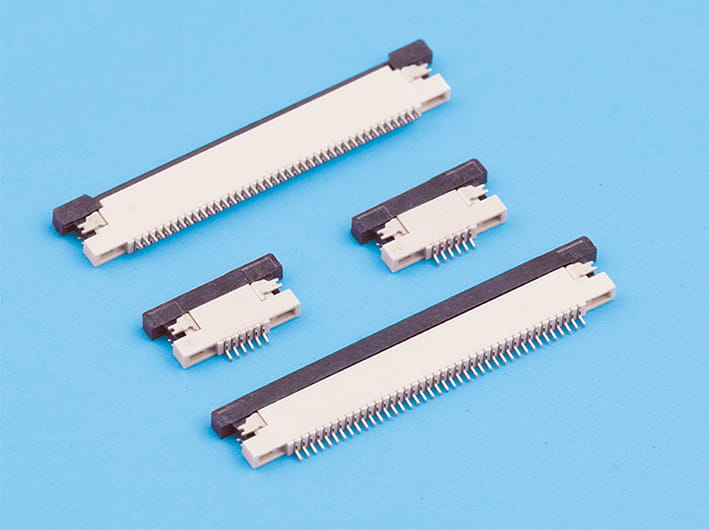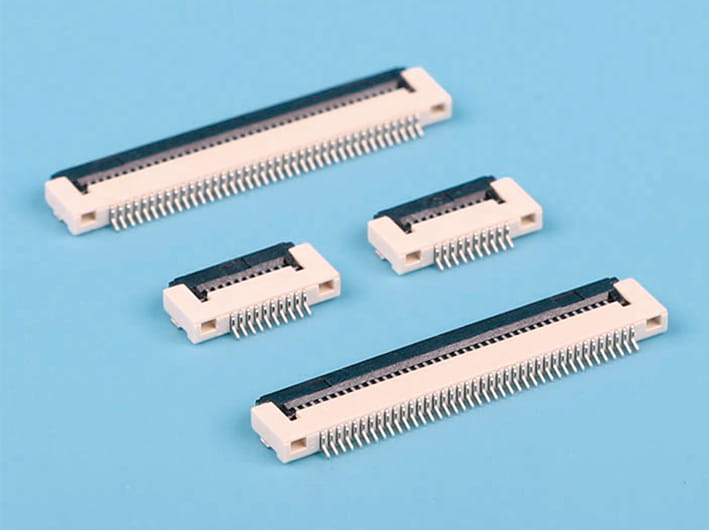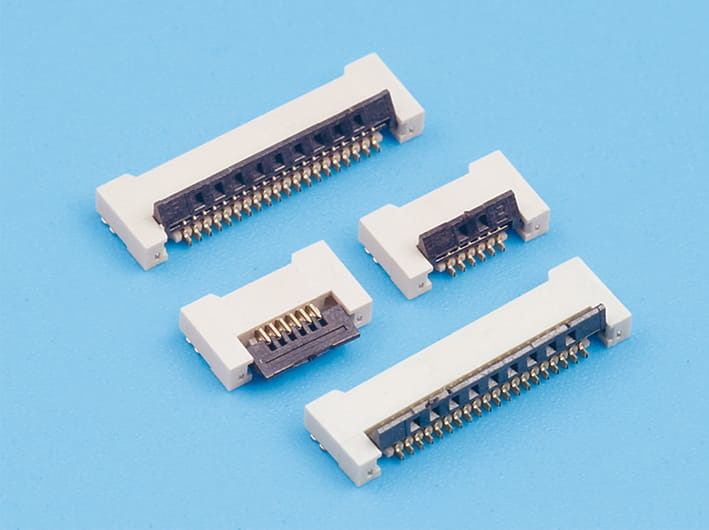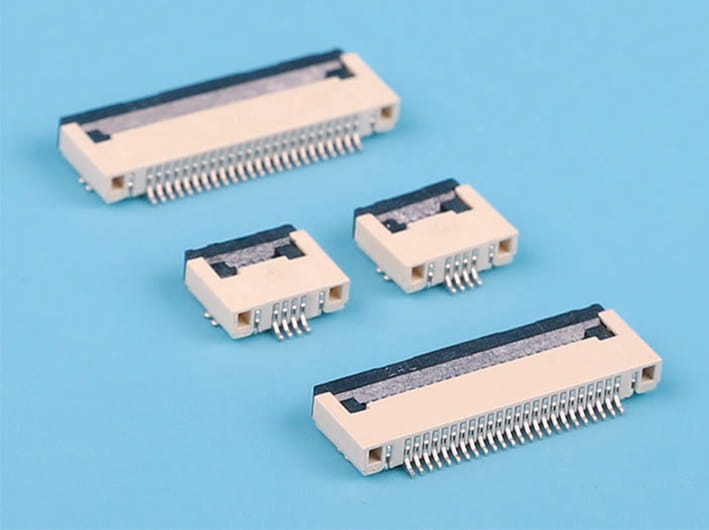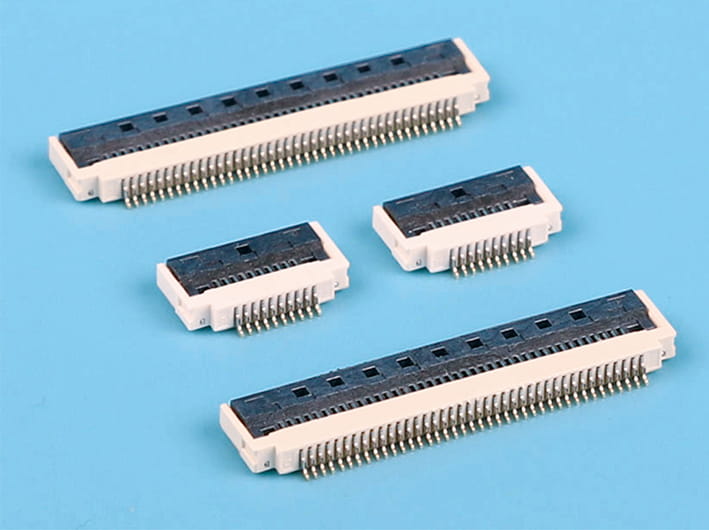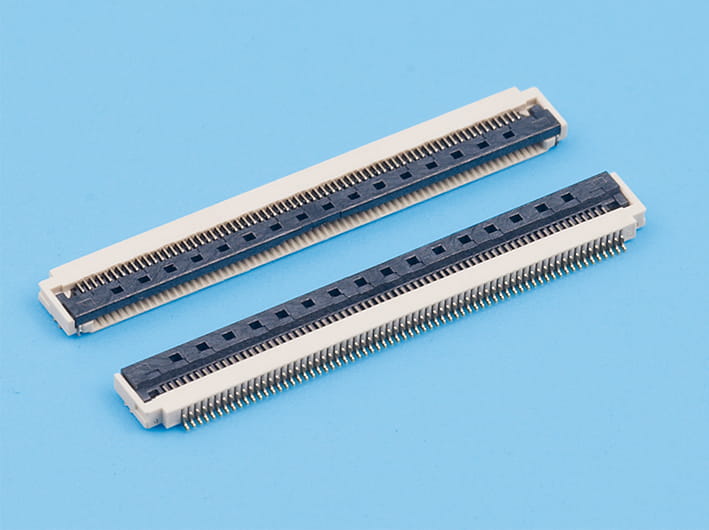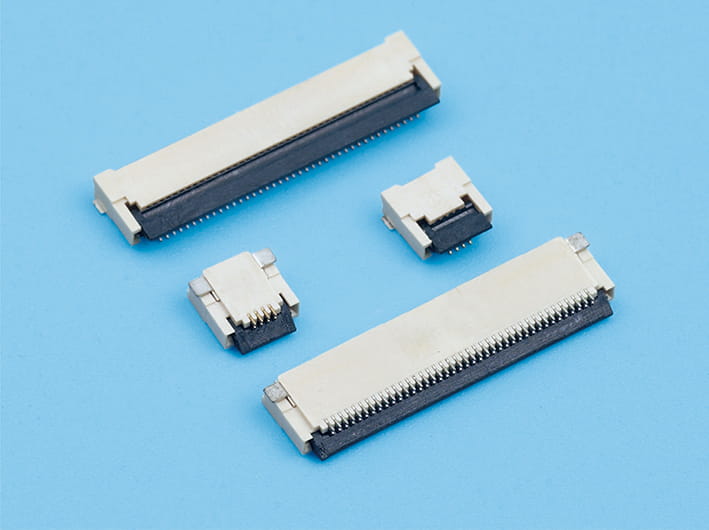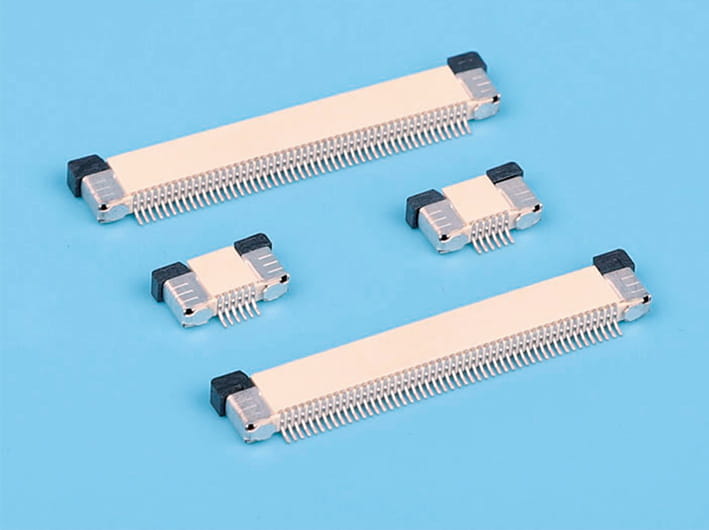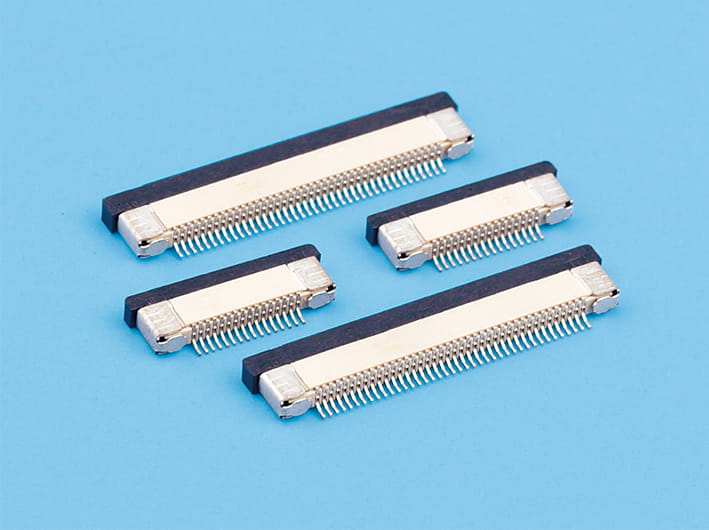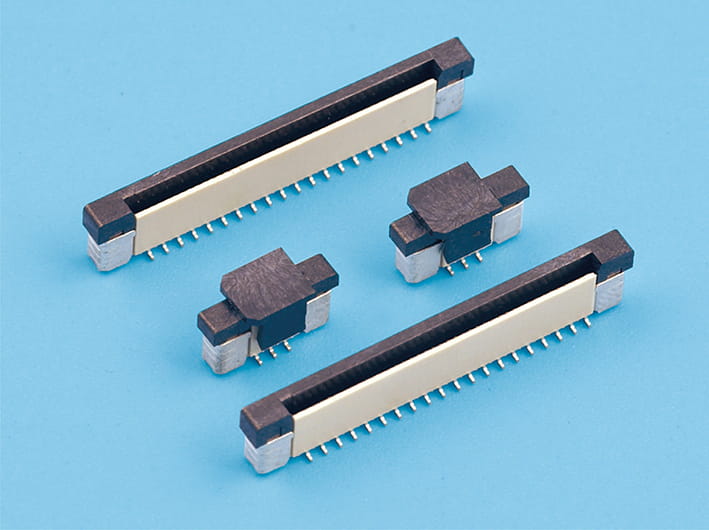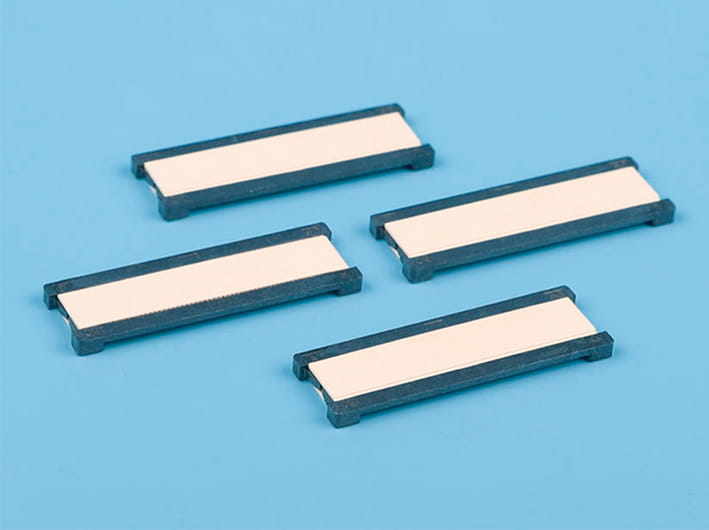The Role of Small Electronic Connectors in IoT and Smart Home Systems
Small electronic connectors are designed to fit into increasingly compact devices while still offering robust performance. In IoT devices, where size and energy efficiency are paramount, connectors need to be smaller, lighter, and capable of handling both power and data signals. Whether it's sensors, actuators, or smart thermostats, the connectors used in these devices play a significant role in ensuring proper functionality.
For example, small electronic connectors are typically used to link sensors and actuators in smart home systems, enabling them to communicate with central hubs or directly with mobile apps. These connectors allow devices to send and receive commands, monitor conditions like temperature or humidity, and adjust the settings in real-time. Without these connectors, many IoT devices would not be able to function as effectively, and the reliability of the entire system would be compromised.
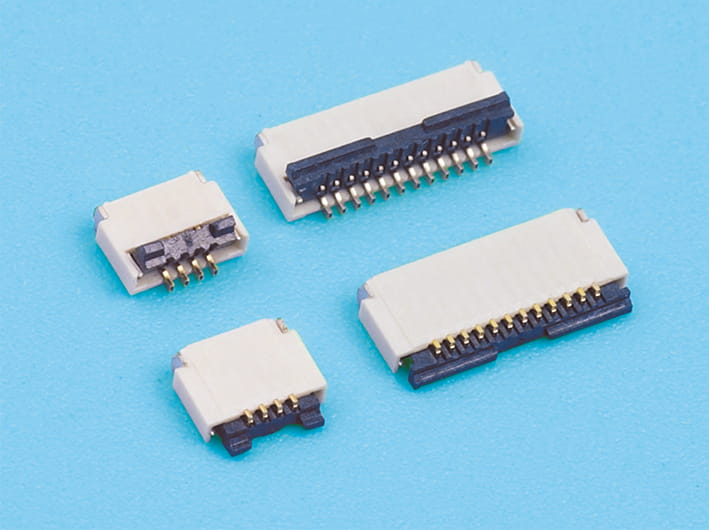
Power jack electronics are another key component that enables IoT and smart home devices to function seamlessly. These connectors are used to provide power to various components, including sensors, controllers, and communication devices. Power jacks are typically used in devices that require a stable power source but might not be as reliant on battery power, such as smart speakers, home security cameras, and network hubs.
The role of power jack electronics goes beyond merely supplying power. These connectors need to ensure a secure and stable connection, preventing power interruptions that could cause device malfunctions. With the increasing demand for smarter, more powerful IoT devices, power jack electronics need to be designed with high durability and a compact form factor to meet the energy needs of modern electronics while maintaining a small footprint.
In smart home systems, power jack electronics are integral to ensuring that smart devices are continuously powered, even in environments where battery replacement might be challenging or impractical. For instance, smart door locks, cameras, and lighting systems often rely on power jack connectors for reliable, continuous performance, which is essential for home security applications.
As the concept of the smart home continues to grow, small electronic connectors are helping bridge the gap between different devices and systems. These connectors facilitate the interconnectivity of a wide range of devices, allowing them to work together seamlessly. From voice-activated assistants like Amazon Alexa or Google Home to smart refrigerators and thermostats, connectors play a crucial role in enabling these devices to function cohesively.
Moreover, small electronic connectors help reduce the overall size and complexity of smart home systems, making it possible to integrate various functions into a single device. By using these connectors, manufacturers can create devices that are more compact and aesthetically pleasing without sacrificing performance or reliability.
The integration of small electronic connectors also enhances the flexibility of IoT and smart home systems. For example, modular designs that use connectors allow users to add or remove devices from their networks as needed. This flexibility ensures that smart home systems can easily be upgraded and customized over time.
Looking ahead, the role of small electronic connectors in IoT and smart home systems will continue to expand as technology advances. The growth of edge computing and the increasing deployment of smart devices will drive demand for even more compact, reliable, and efficient connectors. As devices become smaller and more interconnected, connectors will need to evolve to meet new challenges, such as high-speed data transmission and enhanced power delivery.
Innovations in connector design will likely cause the development of connectors that can handle higher power capacities, faster data rates, and more robust connections, all while maintaining a small and lightweight form. Power jack electronics will also see improvements, particularly in terms of power efficiency, as smart home systems become increasingly reliant on renewable energy sources and require connectors that can handle fluctuating power demands.



 English
English 中文简体
中文简体 Español
Español عربى
عربى